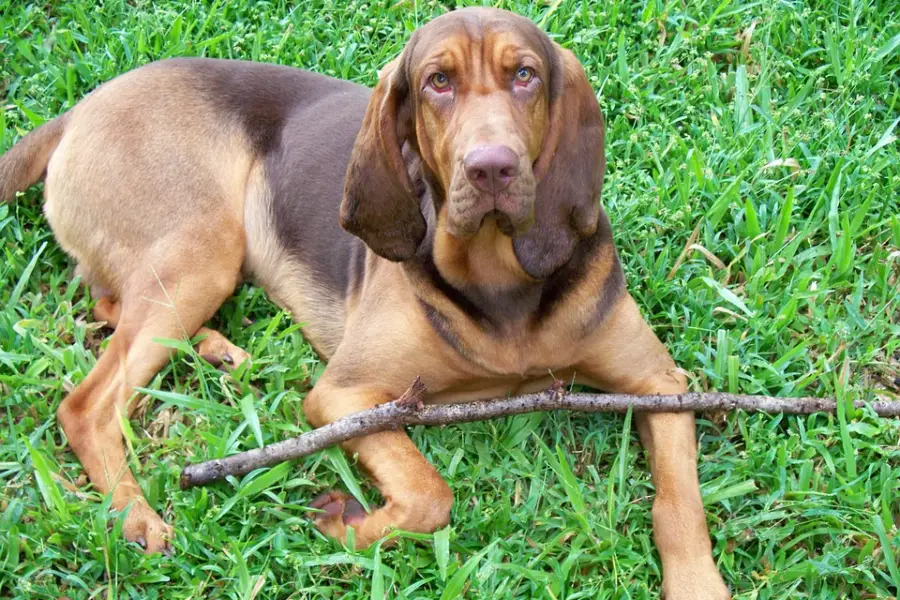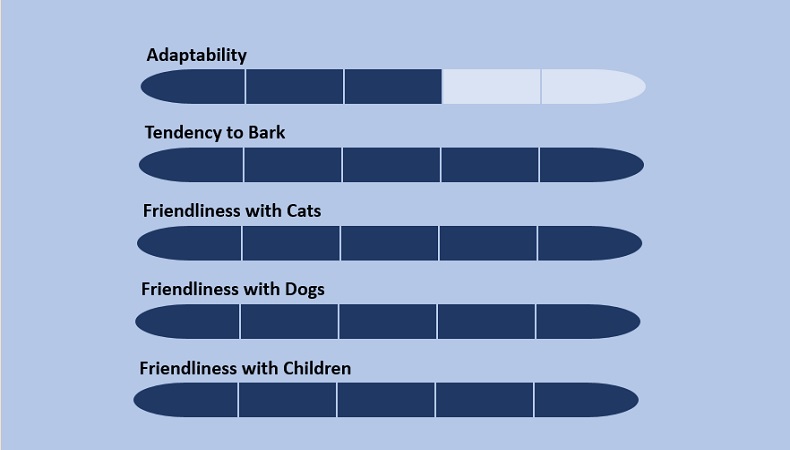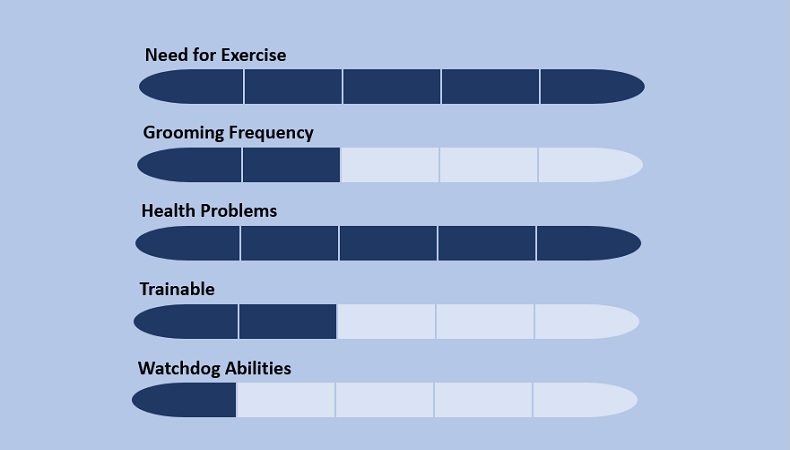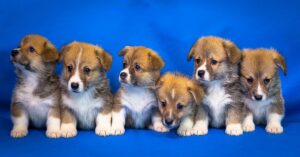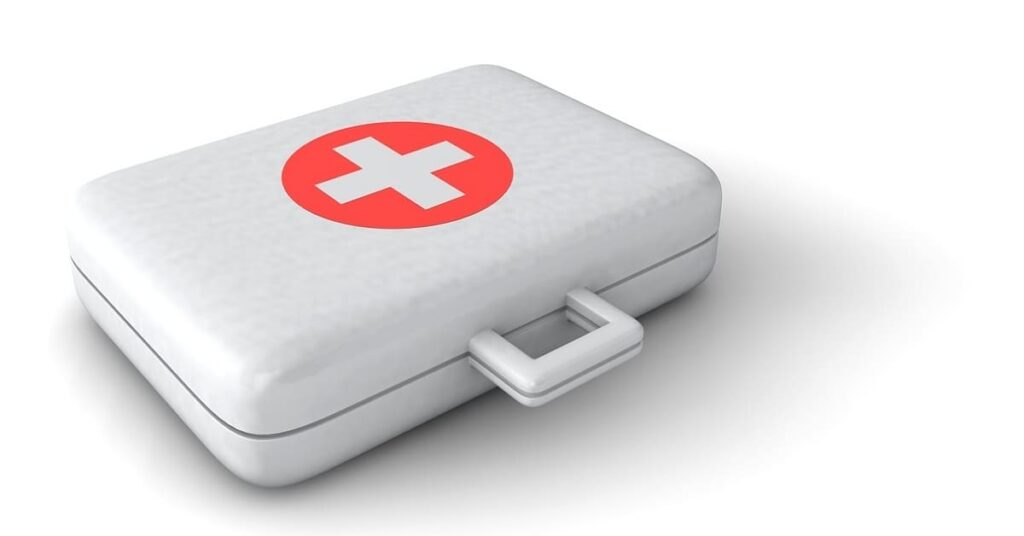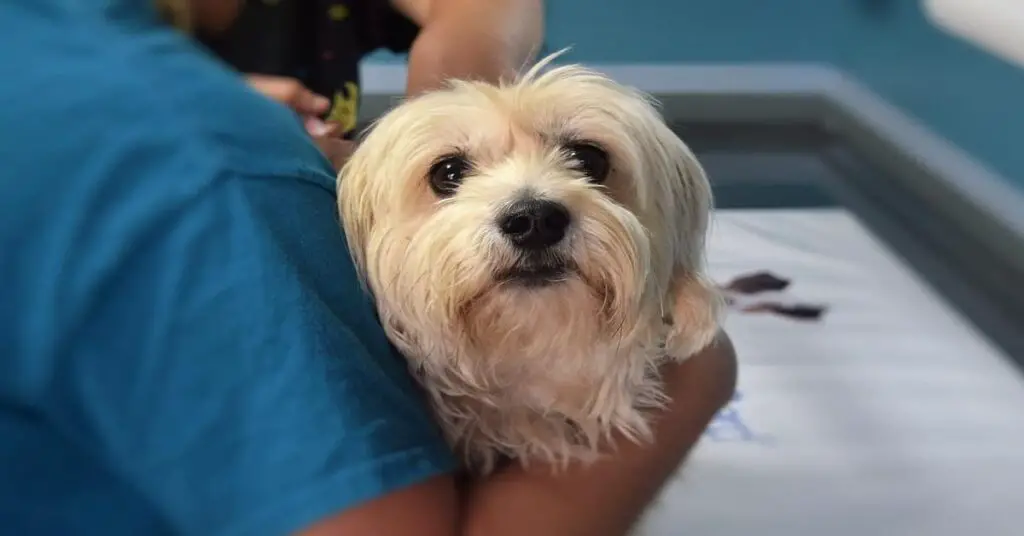BLOODHOUND
Also Know as:
Sleuth Hound, St. Hubert Hound, Chien St. Hubert
.
Origin: United Kingdom
Type: Pure Breed
Height: 23 to 27 inches
Weight: 80 to 110 pounds
Life Expectancy: 10 to 12 years
BLOODHOUND TEMPERAMENT
Somewhat docile and relaxed, they are also cheerful dogs. This in addition to their physical features makes them look non-threatening. But do not be deceived by their easy-going nature, they are scenthounds which means immediately you get them set on a scent, they would tirelessly follow the trail of the scent to the very end. In this situation, they are stubborn and independent. The positive side of this scenthound is that even when they track down their target be it fleeing prisoners, dangerous individuals, or missing persons, their non-threatening nature keeps the target relaxed till their human partners locate them. This is why you will find them being heavily used by the police.
They are very good around children, not easily excited and jumpy as most dogs, but are playful enough to keep a kid’s attention. Due to their docile and relaxed nature, you may find it hard to do obedience training with them. On the flip side, you find them behaving well around strangers because of this same nature.
.
You may also like WHY DOES MY DOG FOLLOW ME AND NOT MY HUSBAND?
.
BLOODHOUND PHYSICAL APPEARANCE
The Bloodhound is a large dog weighing between 80 to 110 pounds and standing between 23 to 27 inches tall. Even with their large physical appearance, they appear non-threatening with their loose skin and wrinkles around their head and throat, giving them some sort of sad dog feature. There are also their long ears which fall by their side to the chin giving them that Basset hound look. The modern-day bloodhound comes in colors of black and tan, liver and tan, or red. During the Middle ages, the bloodhound could occur in many other colors including white, but this has gone extinct today.
BLOODHOUND CHARACTERISTICS
BLOODHOUND CARE
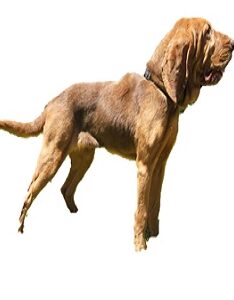
BLOODHOUND HISTORY
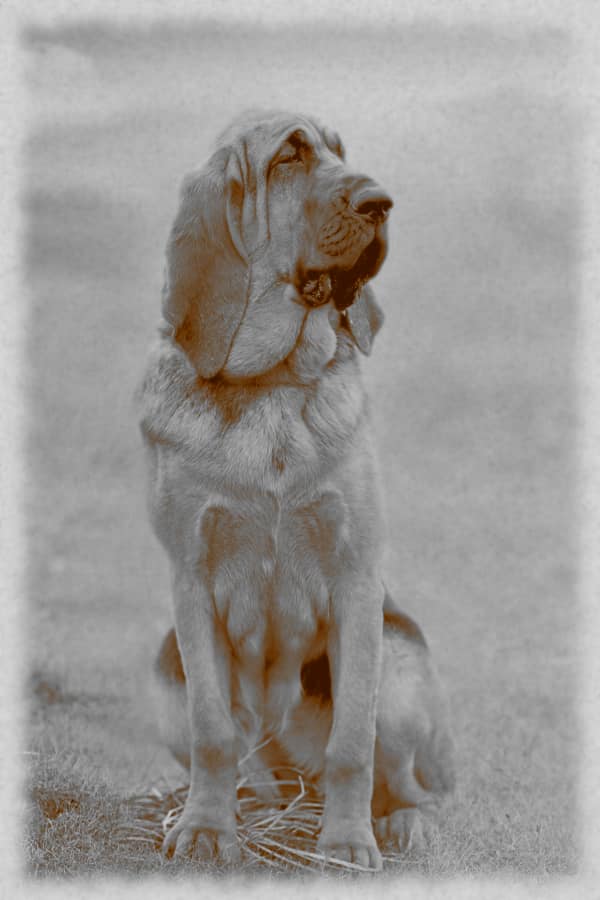
Although there are not many records on the origin of the bloodhound, they can be traced back to ancient Mediterranean times. The third-century scholar “Aelien” in his write-up “Historia Animalium” is said to have described them as a hound with unrivaled scenting powers, so dedicated to their work that they could not be pulled off the scent till their target was found. With this evidence, the bloodhound can be said to be the oldest hound breed to exist and other hound breeds to be a descendant of the bloodhound. Even the great Roman Emperor Marcus Aurelius made mention of these hounds and their tracking abilities in his memoirs of the Roman Empire History.
Later in the middle ages, the Bloodhound was perfected in the lowlands of Europe at St. Hubert Monastery and also in Britain. The monastery was key to the development of the Bloodhound for high-ranking members of the church in that era. They were bred for prominent kings, princes, and even Bishops. More and more monasteries got funding from the Royals in England and France to develop this breed hence the name Blooded hound, meaning to come out from aristocratic blood. This is far from the impression which most people have of a blood-thirsty dog.
From then to modern times, the Bloodhound has earned the reputation of being an excellent scent hunter. In fact, it can be said that of all dog breeds, the Bloodhound is the best at this, leading to police departments taking advantage of this hound to track down evasive quarries like criminals, missing children, or elderly people, missing items, and more. They can track these items and are stubborn to give up on them till they are found or their trail ends.
The Bloodhound was recognized by the American Kennel Club in 1885.

Hi, I am Charles Nwankwo Editor-in-Chief, Mydoggything.com. Gleaning from Professional Dog Trainers, behaviorist, Registered Veterinarians, and Breeders. We are passionate about making dog care easy for you. My job is to make sure that you get the best-updated dog care information to understand and take care of your dog or dogs.
